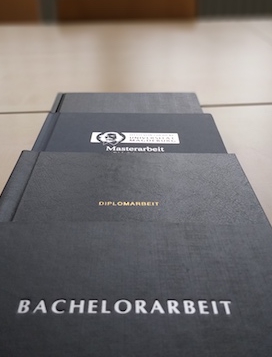Developing molecular temperature probes
Special materials are needed to measure temperatures (thermometry) within a strong magnetic field and it is not possible to use conventional thermometers. Alternatively, however, optical fibres can be used to measure local temperatures in the range of -270 °C to +250 °C. However, the diameter of standard sensors is 1 mm and smaller versions have a working diameter of 400 μm. The current accuracy is ±1 °C or ±0.2 °C if previously calibrated, but in the medical field it is desirable to know the precise temperature within a given tissue sample and, often, the sensors cannot access these areas. In future, so-called, "molecular thermometers" could play an important role in this context. Particularly in connection with hyperthermia and hypertension, which involve the external lowering or raising of the temperature of the human body, knowing the precise temperature is extremely important, as it is the only way to prevent unnecessary damage to healthy tissue.
This is why the focus of this field of research is on synthesising and characterising temperature-sensitive molecules. Preliminary investigations into temperature detection demonstrate the great potential of 19F-based MR spectroscopy and imaging. It has proved possible to determine the temperature within a 4.7 T MR animal scanner and a 7 T human scanner with an accuracy of ±1 °C using water-soluble compounds, which, unfortunately however, currently remain biologically incompatible.








